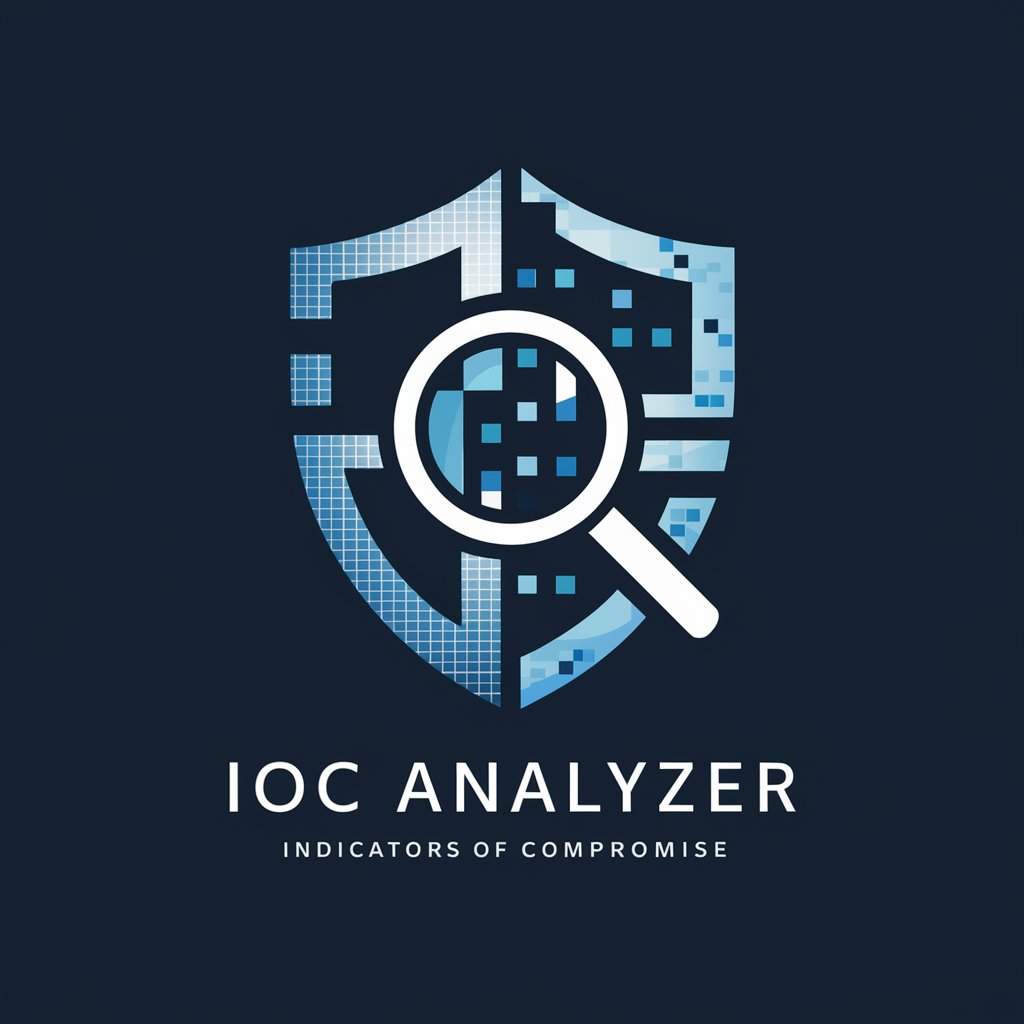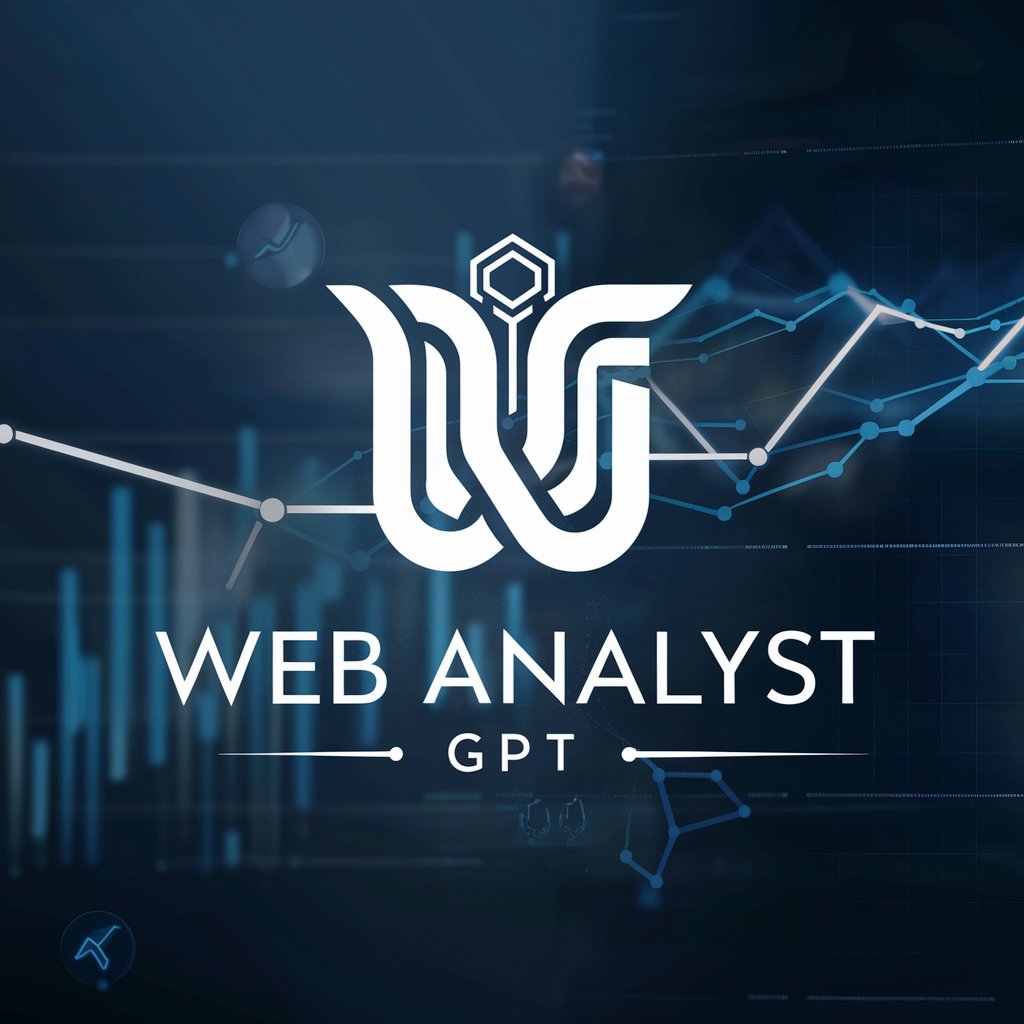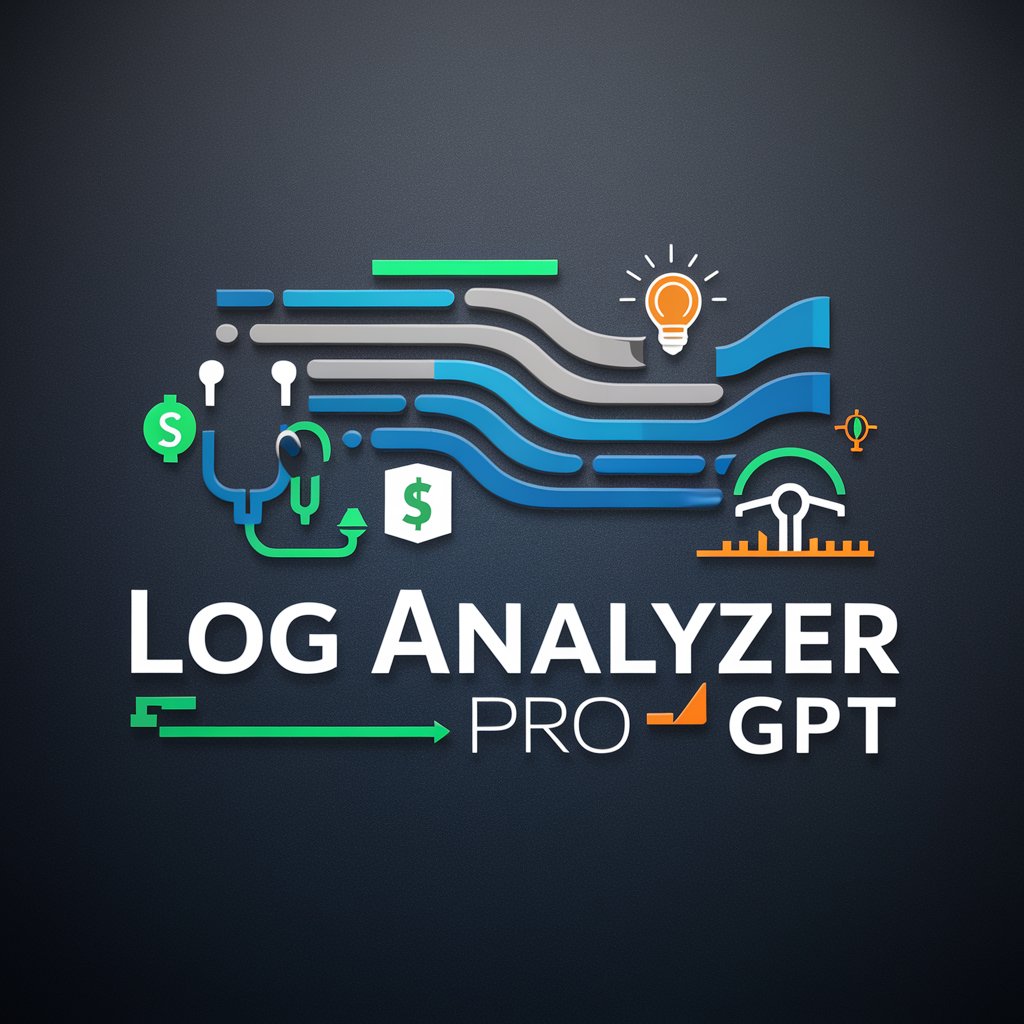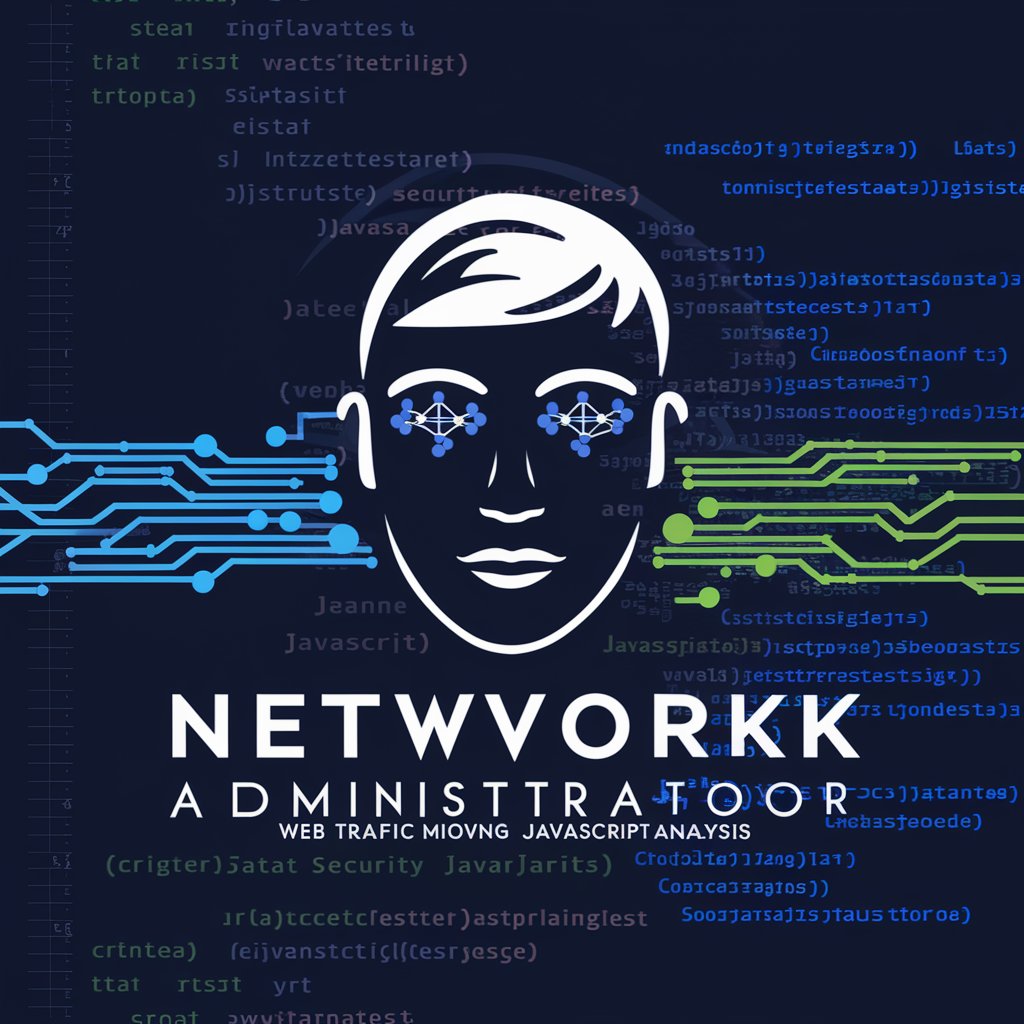21 GPTs for Security Monitoring Powered by AI for Free of 2026
AI GPTs for Security Monitoring are advanced AI tools built on the Generative Pre-trained Transformer (GPT) framework, designed to enhance security measures by analyzing, predicting, and responding to potential threats in real-time. These tools leverage large datasets to understand and interact with security-related information, enabling them to provide insights, detect anomalies, and offer recommendations for action. Their adaptability makes them suitable for a wide range of security monitoring tasks, from cybersecurity defense to physical security surveillance, illustrating their significance in creating tailored solutions for protecting assets and information.
Top 10 GPTs for Security Monitoring are: IoC Analyzer,Synology Surveillance API,A Monitoring Expert,Sentinel KQL Builder,NeatLabs GeoPolitical Assessor,Elastic Security Rule Developer,Web Analyst GPT,ElasticAssistant,Log Analyzer Pro GPT,CountCrowd
IoC Analyzer
Unveiling Cyber Threats with AI Precision

Synology Surveillance API
AI-Powered Surveillance Insight

A Monitoring Expert
AI-Powered Network Monitoring Simplified

Sentinel KQL Builder
Streamline security with AI-powered queries

NeatLabs GeoPolitical Assessor
Decoding Global Politics with AI

Elastic Security Rule Developer
Automate threat detection with AI

Web Analyst GPT
AI-Powered Insight, Enhanced Web Performance

ElasticAssistant
AI-powered Elastic Stack Expertise

Log Analyzer Pro GPT
AI-powered Log Insights at Your Fingertips

CountCrowd
Empower Decisions with AI-Powered Crowd Analysis

Sigma Sleuth
Empowering SIEM with Expert Sigma Rules

Firewall Orchestrator
Automating firewall tasks with AI efficiency.

JavaScript Insights: Web Traffic Wizardry
Empowering Insights with AI-driven Analysis

Biz Advisor
Automate and Monitor with AI

車牌辨識
AI-driven License Plate Text Extraction

zeek platform
Empower Your Network Security with AI

WP Security Sentinel
Automating WordPress Security with AI

Max - Home Assistant
Automate Your Home with AI

Auditor de TI
Empowering IT Audits with AI

ElasticsearchBot
Harness AI for Advanced Elasticsearch Management

BlogVault
Secure, Back Up, Restore Your Site

Key Characteristics of AI GPTs in Security
AI GPTs for Security Monitoring stand out for their ability to learn and adapt to various security contexts, making them highly versatile tools. Core features include natural language processing for understanding security reports, anomaly detection algorithms to identify unusual behavior, predictive analytics for forecasting potential security breaches, and the capability to integrate with existing security infrastructures. They can also offer real-time alerts and automated responses to threats, providing a proactive approach to security management. The adaptability of these GPTs allows them to evolve with emerging security challenges, ensuring that they remain effective against sophisticated threats.
Who Can Benefit from AI GPTs in Security
AI GPTs for Security Monitoring are invaluable to a broad spectrum of users, including cybersecurity professionals, IT teams, security analysts, and even novices in the security domain. They offer user-friendly interfaces for those without programming skills, while also providing advanced customization options for developers and tech-savvy individuals. Their scalability and flexibility make them suitable for organizations of all sizes, from small businesses to large enterprises, ensuring that any group concerned with security can leverage these tools to enhance their protective measures.
Try Our other AI GPTs tools for Free
GPT Optimization
Explore AI GPTs for GPT Optimization: tailored tools leveraging advanced AI to streamline and enhance optimization tasks across industries, accessible to both novices and professionals.
Curiosity Fulfillment
Discover how AI GPTs for Curiosity Fulfillment transform information exploration, offering personalized, in-depth answers to a wide range of inquiries with advanced AI technology.
Brand Differentiation
Explore how AI GPTs for Brand Differentiation can elevate your brand's identity with unique content, market insights, and tailored strategies, all through an accessible and customizable platform.
Storytelling Strategy
Explore AI GPTs for innovative Storytelling Strategy, enhancing narrative creativity and engagement with tailored, user-friendly solutions.
Innovation Leadership
Explore how AI GPTs for Innovation Leadership are revolutionizing the way organizations innovate and lead, offering tailored, AI-driven solutions to enhance creativity and strategic decision-making.
Yearly Overview
Discover how AI GPTs for Yearly Overview can transform your annual data analysis with comprehensive insights, trends, and predictions.
Expanding the Horizon with AI GPTs in Security
AI GPTs for Security Monitoring redefine the landscape of security solutions by offering customized, intelligent, and proactive tools. Their capacity to learn from data and evolve with the security environment ensures that they can offer relevant insights and actions. User-friendly interfaces make these tools accessible to a wide audience, while their integration capabilities allow for a seamless blend with existing workflows and systems, enhancing security measures without adding complexity.
Frequently Asked Questions
What exactly are AI GPTs for Security Monitoring?
AI GPTs for Security Monitoring are AI-powered tools that utilize Generative Pre-trained Transformers to analyze security data, detect anomalies, predict potential threats, and offer recommendations for enhancing security measures. They are designed to support various security-related tasks through advanced data analysis and natural language processing capabilities.
How do these tools adapt to different security needs?
These tools learn from vast datasets and user inputs to adapt their responses and recommendations to specific security contexts. They can be customized to focus on particular areas of security, such as cyber threats or physical security, and can integrate with existing security infrastructures to provide comprehensive monitoring solutions.
Can non-technical users operate AI GPTs for Security Monitoring effectively?
Yes, these tools are designed with user-friendly interfaces that allow non-technical users to easily navigate and utilize them for security monitoring purposes. They provide straightforward options for setting up alerts, viewing reports, and receiving recommendations without requiring deep technical knowledge.
What makes AI GPTs different from traditional security tools?
AI GPTs differ from traditional security tools in their ability to process and analyze natural language, learn from interactions, and adapt to new threats more dynamically. Their AI-driven approach allows for more nuanced understanding of security data and proactive threat detection and response strategies.
Are AI GPTs for Security Monitoring customizable for specific industries?
Yes, these tools can be tailored to meet the unique security requirements of different industries, from finance and healthcare to retail and government. They can be programmed to recognize industry-specific threats and compliance requirements, making them highly versatile in addressing specialized security concerns.
How do AI GPTs for Security Monitoring stay updated with new threats?
These tools continuously learn from new data, user interactions, and feedback to improve their threat detection algorithms. This enables them to stay current with emerging security challenges and adapt their monitoring and response mechanisms accordingly.
Can these tools predict future security threats?
AI GPTs for Security Monitoring use predictive analytics and machine learning algorithms to analyze patterns and trends in data, allowing them to forecast potential security threats with a high degree of accuracy. This proactive approach helps organizations prepare for and mitigate risks before they escalate.
How do AI GPTs integrate with existing security systems?
These tools are designed to be compatible with a wide range of existing security systems and protocols. They can be seamlessly integrated to enhance current security infrastructures, providing advanced analytics, reporting capabilities, and automated threat detection and response functions without disrupting existing operations.